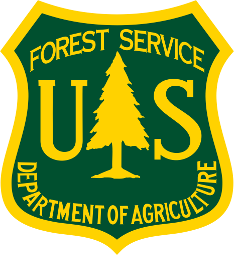2023 Northeastern US Freeze and Hail impacts
Spring freeze damage is best-appreciated for how it damages crops, yet our remote sensing research quantifies early growing season impacts to hardwood forests during green-up for a freeze that occurred on 18 May 2023. At 10m resolution, we map impacts in ways that not suggest microclimatic influence, but different textural responses within mixed forests (i.e., either mixed conifer-hardwood canopy or mixed hardwood forest with trees with different phenology or sensitivity to cold). Topographically, high elevations and cold air drainage are risk factors, and these maps provide evidence for both. Together, they suggest complex contributions of topography and species, that until this effort, were not available at such fine resolution. NDVI anniversary date departures can include a combination of actual foliar damage and a delay in green-up--both of which can reduce the onset of the growing season as a result of a freeze.
Adding to this spring 2023 assessment, springtime often brings multiple disturbances, and this Rattling Creek example shows how sequential freeze and hail damage can be recognized and isolated. We also draw a distinction between the short term impacts, some of which are ephemeral (like most freeze impacts to canopy) and more substantial damage, which in the case of Rattling Creek appears to have resulted from an early June hail storm.



